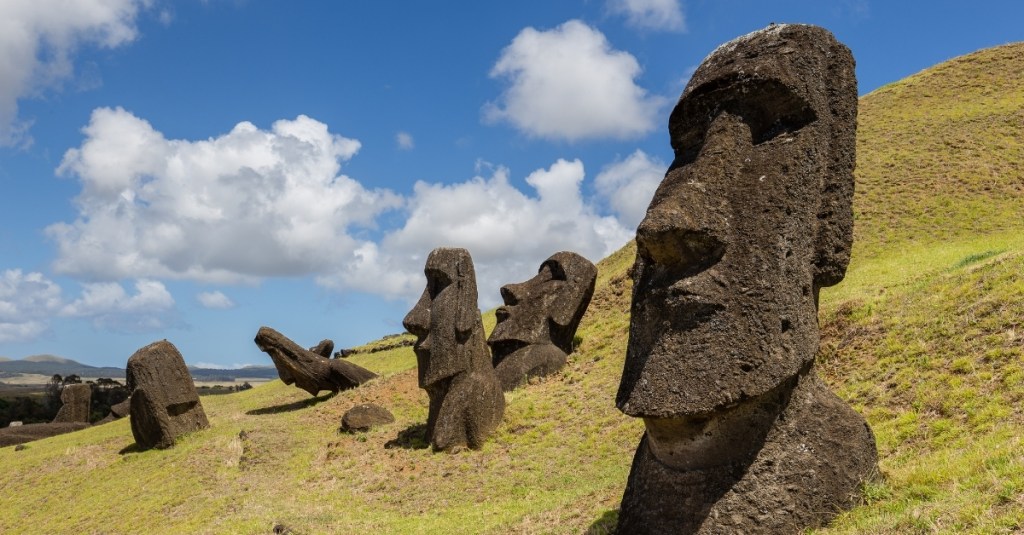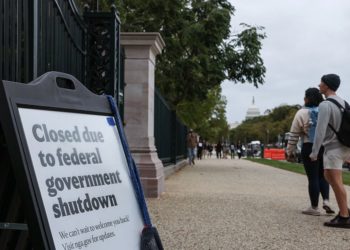You’ve seen them before and have probably heard their legend—the moai statues of Easter Island—the giant stone heads that weigh a few tons each.
There has long been evidence to suggest that they were not constructed at the site where they are currently erected. So, how did they get there? Who moved them, and how did they do it? Well, researchers might have finally figured it out.
In a new study published in the Journal of Archaeological Science, anthropologists Carl Lipo and Terry Hunt say the answer isn’t something wacky like aliens; it’s just good old-fashioned hard work and some clever physics.
Using high-res 3D scans of nearly 1,000 moai, the researchers noticed that the statues were essentially built for travel. They all have wide, D-shaped bases with a slight forward lean that allows them to waddle forward like penguins.

We Might Have Finally Figured Out How Easter Island’s Giant Statues ‘Walked’
To prove the point, they built a 4.35-ton moai replica. Then they gathered 18 people and handed them some ropes.
The team managed to “walk” the statue 330 feet in 40 minutes. It reportedly looked like a giant stone drunk, teetering and wobbling around. But in doing so, it more than proved that these gigantic, hefty 15-foot-tall stone faces were much more easily transported than previously thought.
These ancient peoples had created an elegant, repeatable method for statue transport that didn’t require alien tractor beams. The roads of Rapa Nui back this up, too. Instead of being crude dirt paths, they’re about 15 feet wide and a little concave.
The researchers suggest these roads weren’t just for getting the statues from A to B—the movement of the moai themselves actively shaped them. They were perfect for transporting giant statues because they were perfect for transporting pretty much everything else.
This method echoes Rapa Nui oral traditions, which describe the statues literally walking from their quarry. It’s a more poetic, symbolic interpretation of what literally happened. That’s the problem with conspiracy theories. They are often elaborate, fantastical explanations that detract from the brilliance and hard work of real people.
People who were often natives and/or people of color, which certain types of folks find difficult to believe were capable of accomplishing such incredible feats. The moai statues weren’t planted there by an ancient race of space people. Nor were they a relic left behind by an ocean-dwelling society of fish men.
They were painstakingly waddled in place by real people, and their work should be acknowledged.
The post We Might Finally Know How Easter Island’s Giant Statues Moved appeared first on VICE.




